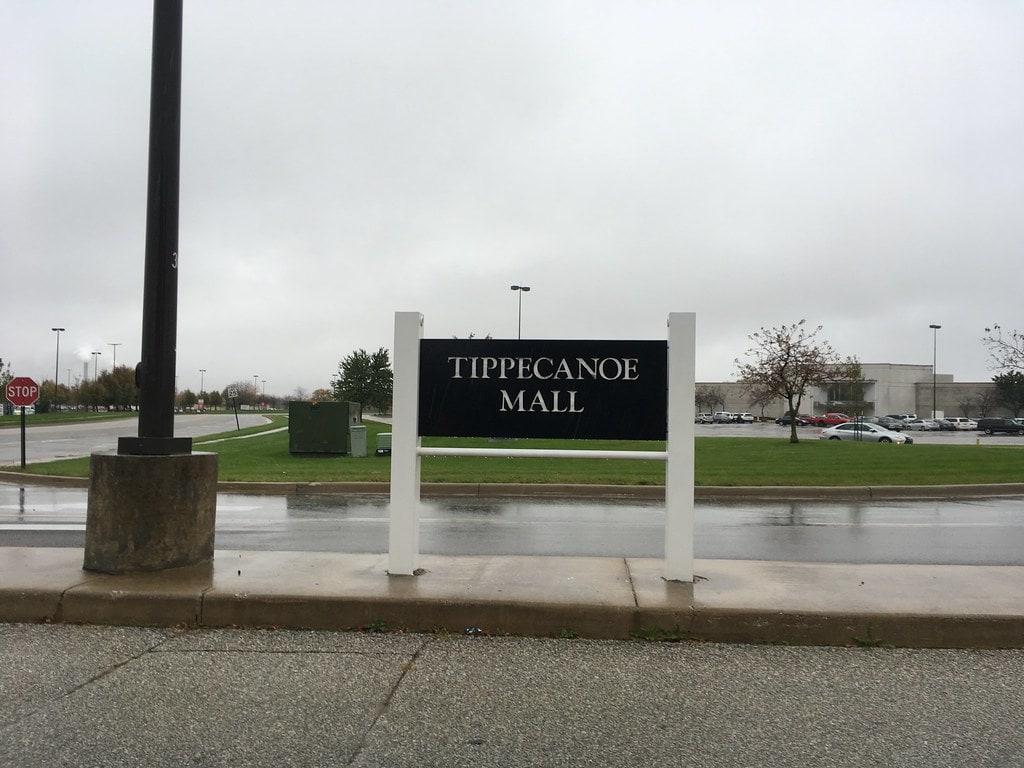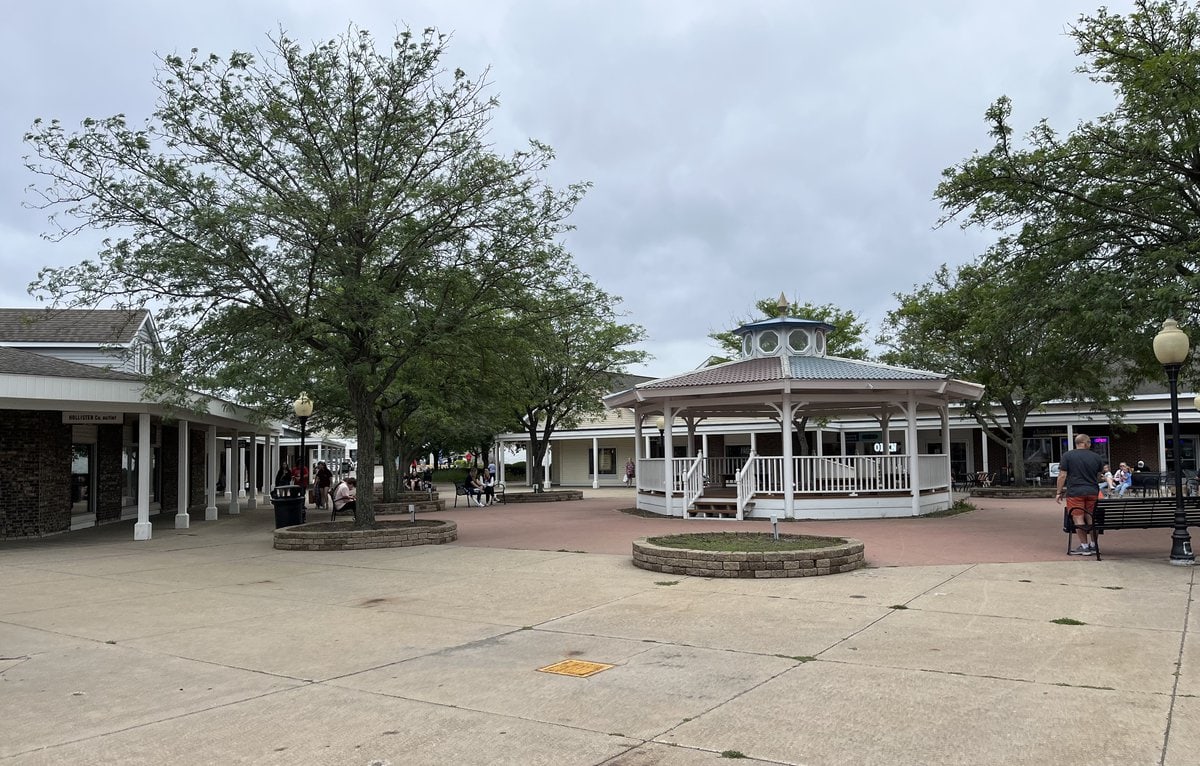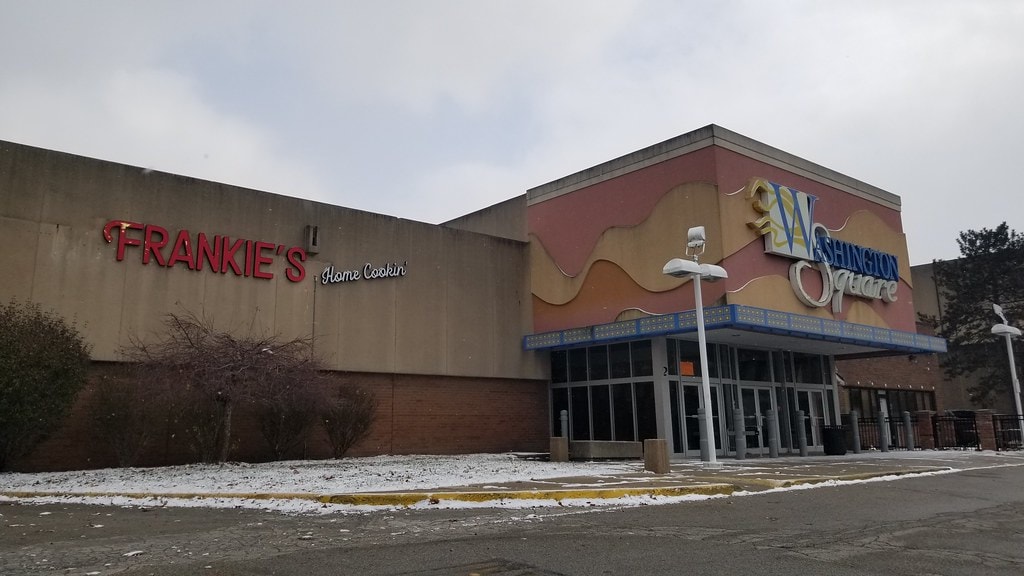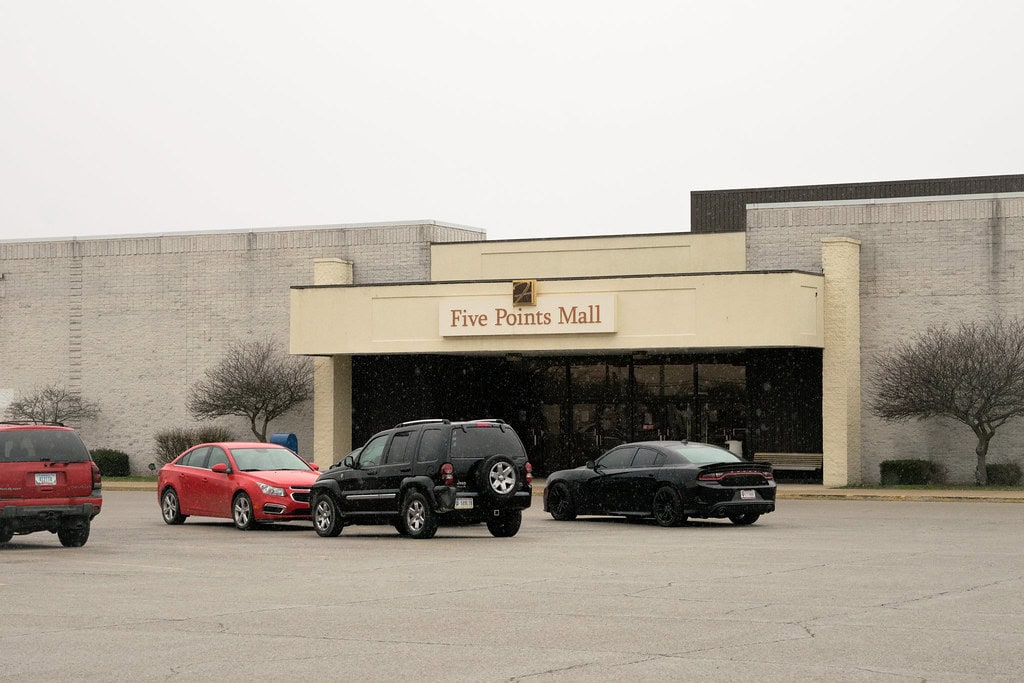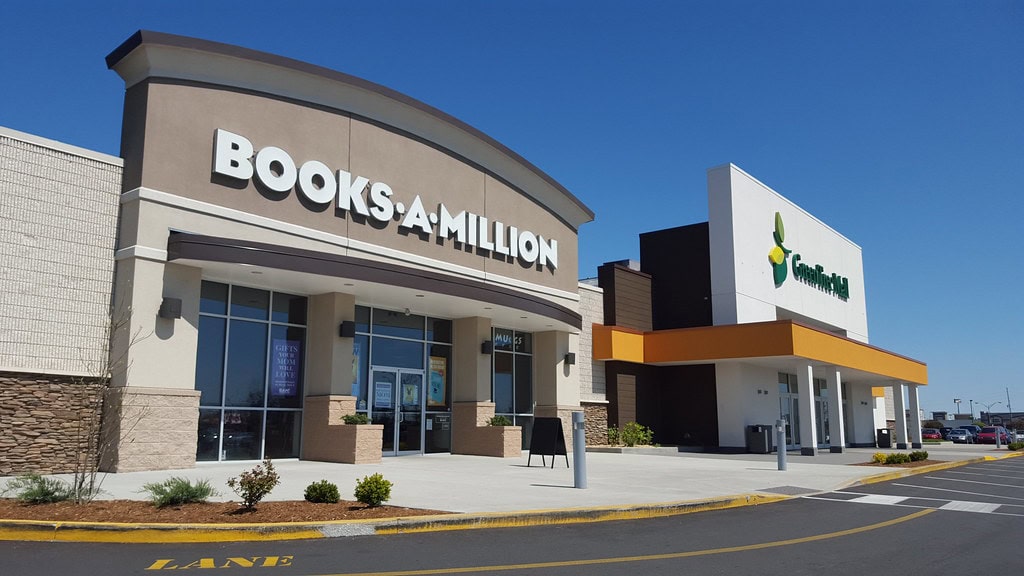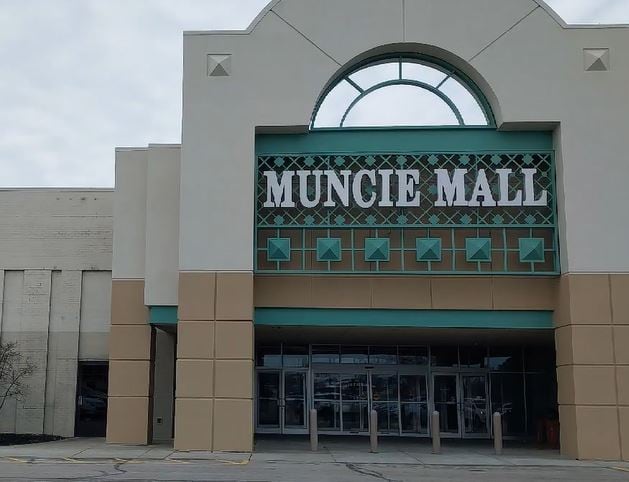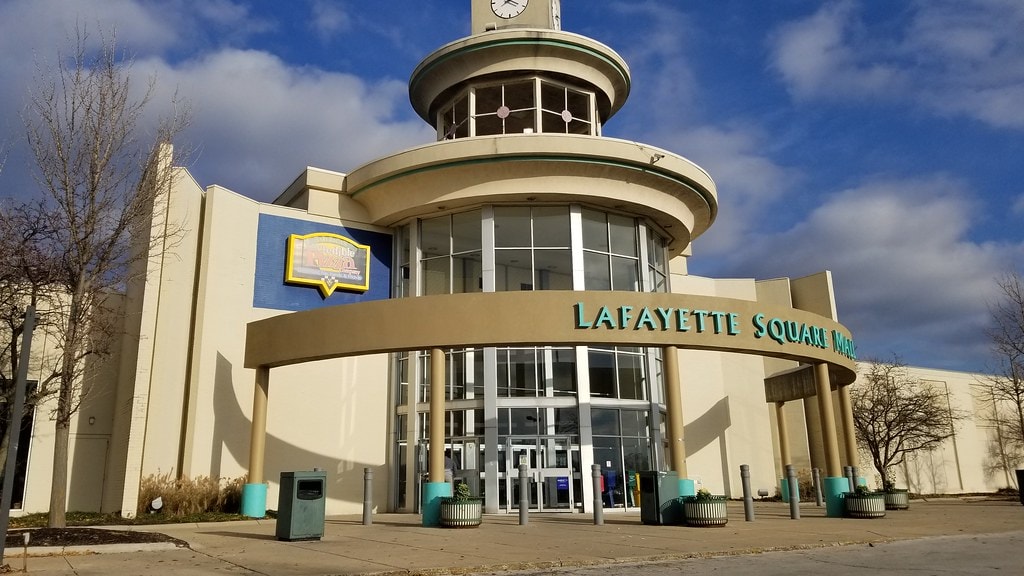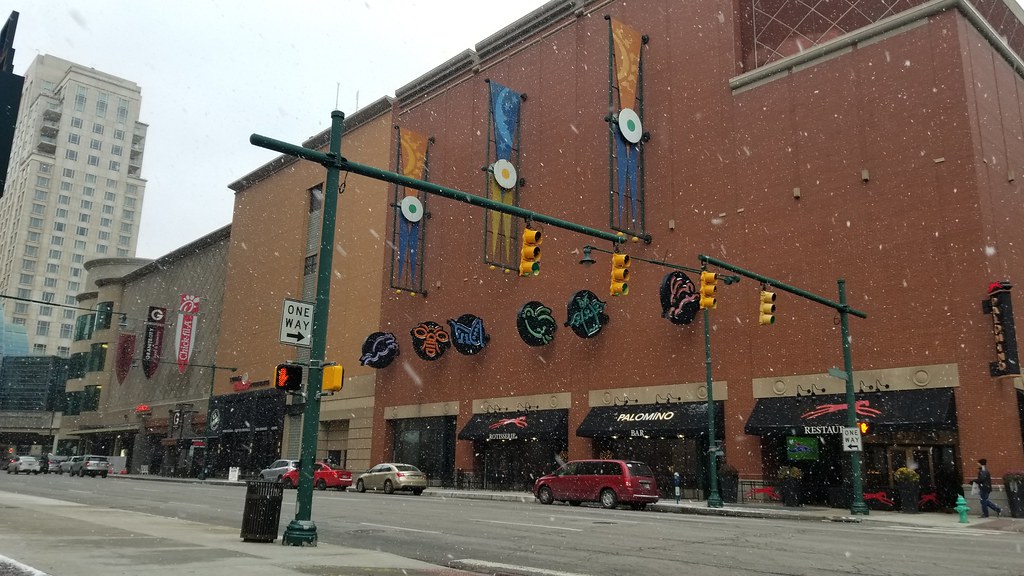Back When a Mall Mattered
There was a time when Muncie Mall meant more than retail square footage. Opened in 1970, it sat like a quiet anchor on Granville Avenue, pulling shoppers from all over Delaware County. Every storefront buzzed: Britt's, W. T. Grant, Ball Stores, Sears. You could pick up school shoes, grab a sandwich, and still be home in time for the 6 o'clock news.
Nearly every family around had some connection to it: jobs, holidays, weekends. Now, decades later, it's something else entirely. The nostalgia hasn't faded, but the tenant list has. Hull Property Group, the mall's newest owner since January 2024, says they're working on changes.
There's local chatter, rumors, and a few serious moves. If you're looking for things to do in Muncie, Indiana, this story isn't over yet.
Construction, Leasing, and the Anchors That Built It
When Muncie Mall opened in 1970, it carried the imprint of Melvin Simon & Associates. The firm, now known as Simon Property Group, was already building out a portfolio of enclosed malls across the Midwest.
Muncie got its turn with a 636,000-square-foot layout and four anchor tenants: W. T. Grant, Britt's, Ball Stores, and Sears. This was the blueprint for middle-American shopping in the early 70s - big-box anchors, a single floor (except for Carson's later addition), and wide corridors for foot traffic.
Over time, those original stores changed hands. Britt's transitioned into L. S. Ayres and W. T. Grant gave way to JCPenney. Ball Stores, an Indiana-based retailer, eventually became Elder-Beerman. Each change followed a national shift - bankruptcies, buyouts, and consolidations.
By the late 1990s, Ayres had left the central anchor spot, opening the door for a new Elder-Beerman. That store lasted until 2012 when it became Carson's.
The area just outside the mall saw commercial growth, too. A Target opened across the parking lot in 2003. Books-A-Million moved into the old Osco Drug in 2006, giving the mall one of the chain's only four Indiana locations.
The design was no architectural marvel, but the leasing strategy was clear: anchor diversity, stable chains, and enough traffic to keep mid-tier retailers interested. For a while, it worked.
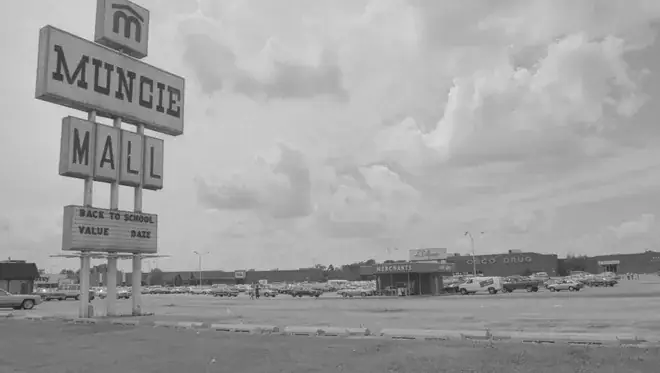
Tenant Collapse and Retail Attrition (2018-2021)
The closures came in quick succession. On April 18, 2018, Carson's announced its exit after Bon-Ton, its parent company, started liquidation.
That store shut down by August 31, leaving behind two floors, both empty. Sears didn't wait long. On May 31, 2018, it was added to a national list of 72 locations slated to close. By September, its gates were down for good.
Then, Macy's joined the list. They announced on January 7, 2020, that the Muncie Mall store would close as part of a 125-store downsizing plan. It was supposed to operate until April, but the early wave of pandemic closures in March 2020 shuttered it sooner. Mall-wide operations paused then, but the Macy's lights never came back on.
JCPenney lasted a little longer. On June 4, 2020, it landed on another corporate closure list - 154 stores this time. The Muncie store closed in October. By the end of 2020, all four original anchor spots were vacant.
Foot traffic thinned. Inline shops followed. By July 2020, 17 storefronts and restaurants inside the mall had closed permanently. Leasing momentum stalled. Without active anchors, most national brands had already walked away. Spirit Halloween filled some gaps later, but it wasn't part of any long-term leasing plan.
Short-Term Leases and Reuse Strategy (2021-2023)
Buyer's Market moved first. In June 2021, the regional discount chain purchased the former Macy's unit and reopened in the same building, though they only used about half the available floor space.
No structural changes were made, and the original entrance stayed in use. It wasn't flashy, but it was one of the few permanent additions during that period.
The old Carson's space stayed mostly dark. A flea market tested the waters there in 2019 but fizzled out. Spirit Halloween returned in 2021, then again in 2022 and 2023. They rented only the first floor and did not use the mall entrance. Their signage faced the parking lot, skipping the rest of the mall entirely.
Meanwhile, Buyers Market expanded operations behind the scenes. In 2022, they leased the former JCPenney building for storage.
Leasing signs remained posted outside, though the space had already shifted to non-retail use. By 2023, leasing had slowed further. Multiple former storefronts sat empty without any announced plans. No renovation notices had been issued. Most of the few active spaces were filled by seasonal or short-term renters.
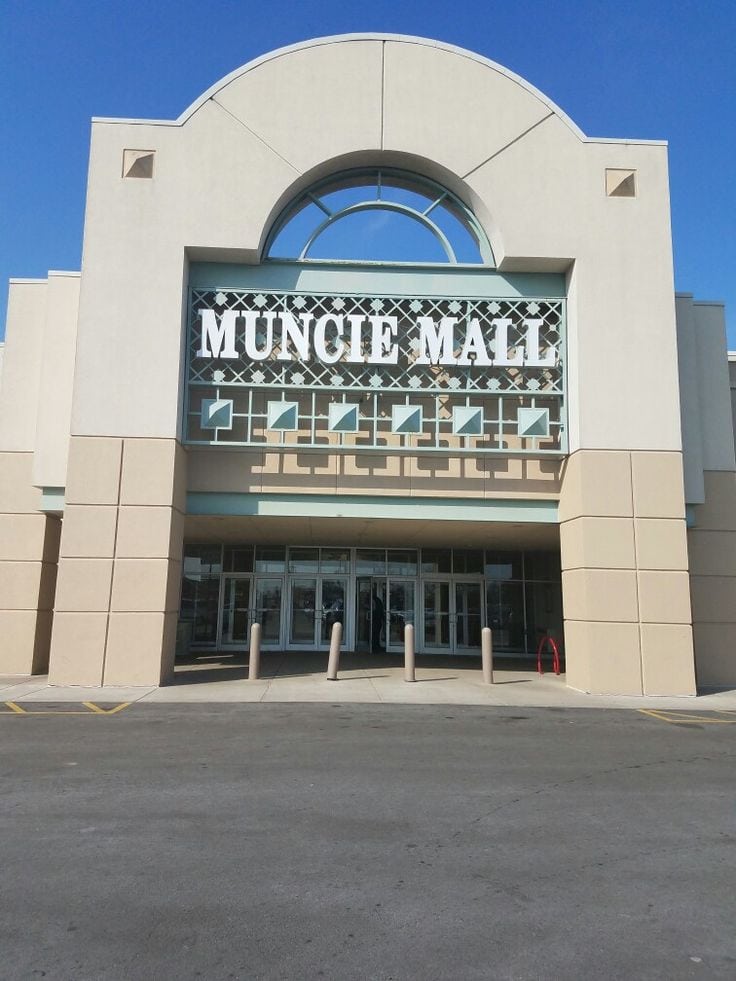
Bank Transfers, Debt Loads, and Property Control (2014-2024)
Ownership of Muncie Mall didn't stay put for long. In 2014, Simon Property Group split off several assets, transferring Muncie Mall to Washington Prime Group (WPG). The separation didn't bode well.
By 2020, WPG executives weren't sugarcoating anything - Louis G. Conforti called Muncie one of their "crappiest assets." That same year, WPG revealed its plan to default on mortgages tied to seventeen malls, including this one.
WPG used the mall as collateral on a $33 million loan issued through JPMBB Commercial Mortgage Securities Trust. A receiver was appointed in April 2020, just as pandemic closures were unfolding. By May 18, the mall had reopened under Woodmont Company, a temporary manager. But without meaningful leasing or redevelopment activity, the asset remained in limbo.
By 2023, ownership passed by sheriff's sale to a lender affiliate connected to Wells Fargo. That move followed default proceedings and marked a full transition out of retail hands. Finally, in January 2024, Hull Property Group acquired the mall outright.
The deal closed on January 31, with public statements from Hull confirming the purchase and long-term interest in redeveloping the site. It ended years of pass-through control and marked the first time since Simon's exit that an owner with a retail focus held the title directly.
Hull Property Group took over with a clear model already in place. Based in Augusta, Georgia, the company operates over 20 million square feet of retail property, mostly enclosed malls.
Their three-step strategy - stabilize, revitalize, reposition - had already played out in other Indiana sites. For Muncie Mall, Hull's public statements repeated that playbook but kept specific plans quiet.
Active Tenants, Public Hours, and 2025 Operations
As of mid-2025, Muncie Mall isn't abandoned, but it's far from fully leased. The official mall website lists about 25 active tenants, though some have unclear status.
Books-A-Million remains the largest active retail tenant with internal mall access. Zales, Claire's, Torrid, Aéropostale, Bath & Body Works, Finish Line, and Hot Topic are also listed.
Mall hours follow a traditional retail schedule: Monday through Saturday from 10 am to 9 pm and Sundays from 12 pm to 6 pm. The parking lots are open, and so are both interior and exterior entrances, although foot traffic varies sharply by day and season.
In May 2025, the mall hosted a Gleaners Tailgate Food Distribution in partnership with the Second Harvest Food Bank of East Central Indiana. The event used the lot as a distribution point, and posts from attendees showed traffic cones, volunteers, and lines of cars looping past the main entrance.
Regional Economic Context
The mall didn't start slipping on its own. For the past five years, Muncie's job market - tied mostly to healthcare, education, and logistics - has grown, but only slightly. That slow pace has shaped what retailers stay, what leaves, and what never shows up at all.
A 2024 review in the Indiana Business Review noted that regional wages had edged up, but employment volatility persisted across retail, transport, and warehouse sectors. The city's redevelopment office has referenced stalled consumer foot traffic as a retail constraint.
Public records show that Hull's purchase of the mall came at a time when Delaware County was receiving READI funds - part of a $500 million statewide grant initiative aimed at housing and workforce development.
In 2024, Muncie received $35 million under that program, some of which went to apartment construction and commercial rehabilitation near the university district.
New development has leaned toward standalone pads or mixed-use renovations. The old Pepsi facility, just a mile from the mall, reopened in August 2024 under Buyers Market's expanded logistics wing. That project created an estimated 60 jobs. Still, commercial leasing tied directly to the mall interior has lagged well behind comparable retail assets in Anderson and Kokomo.
🍀

